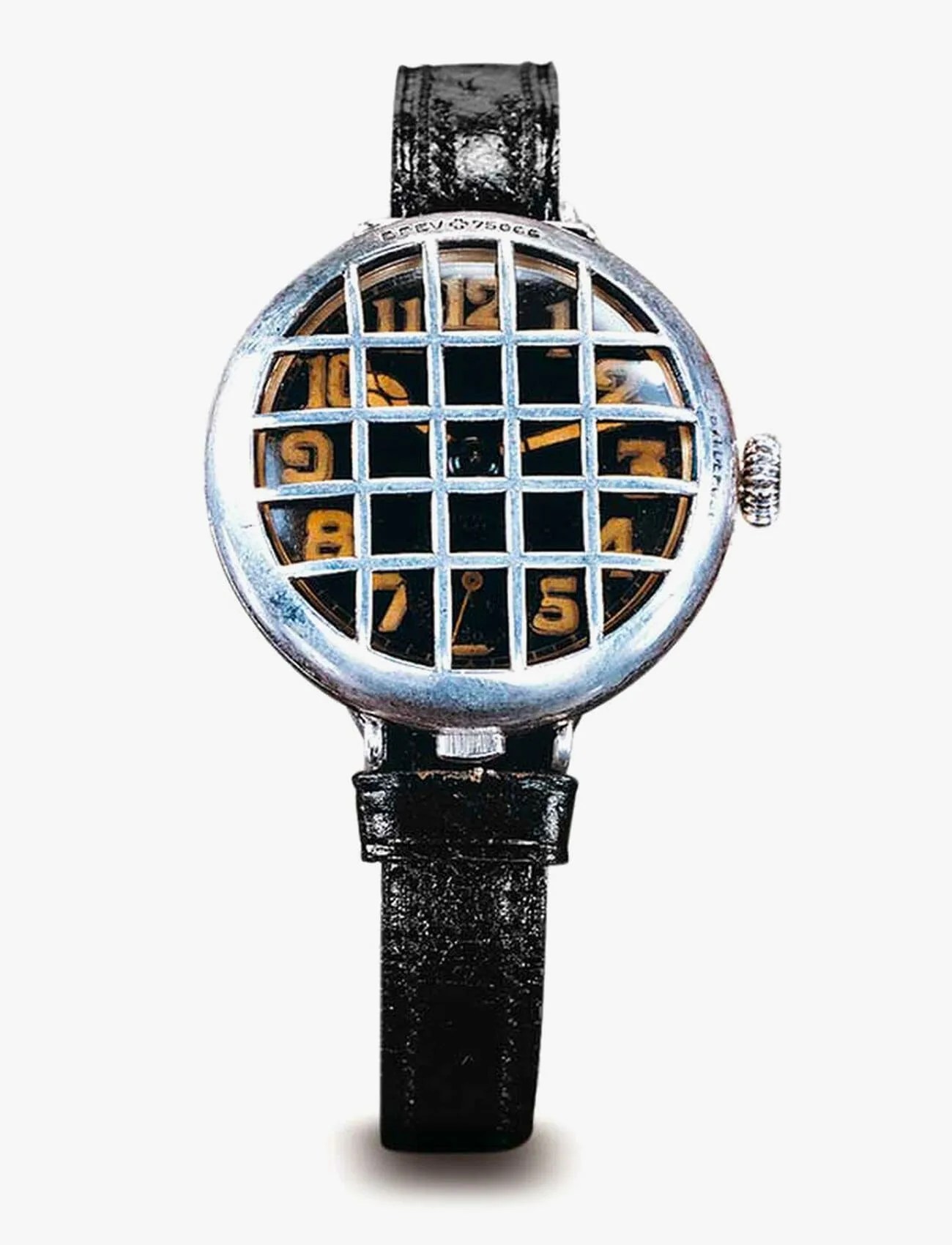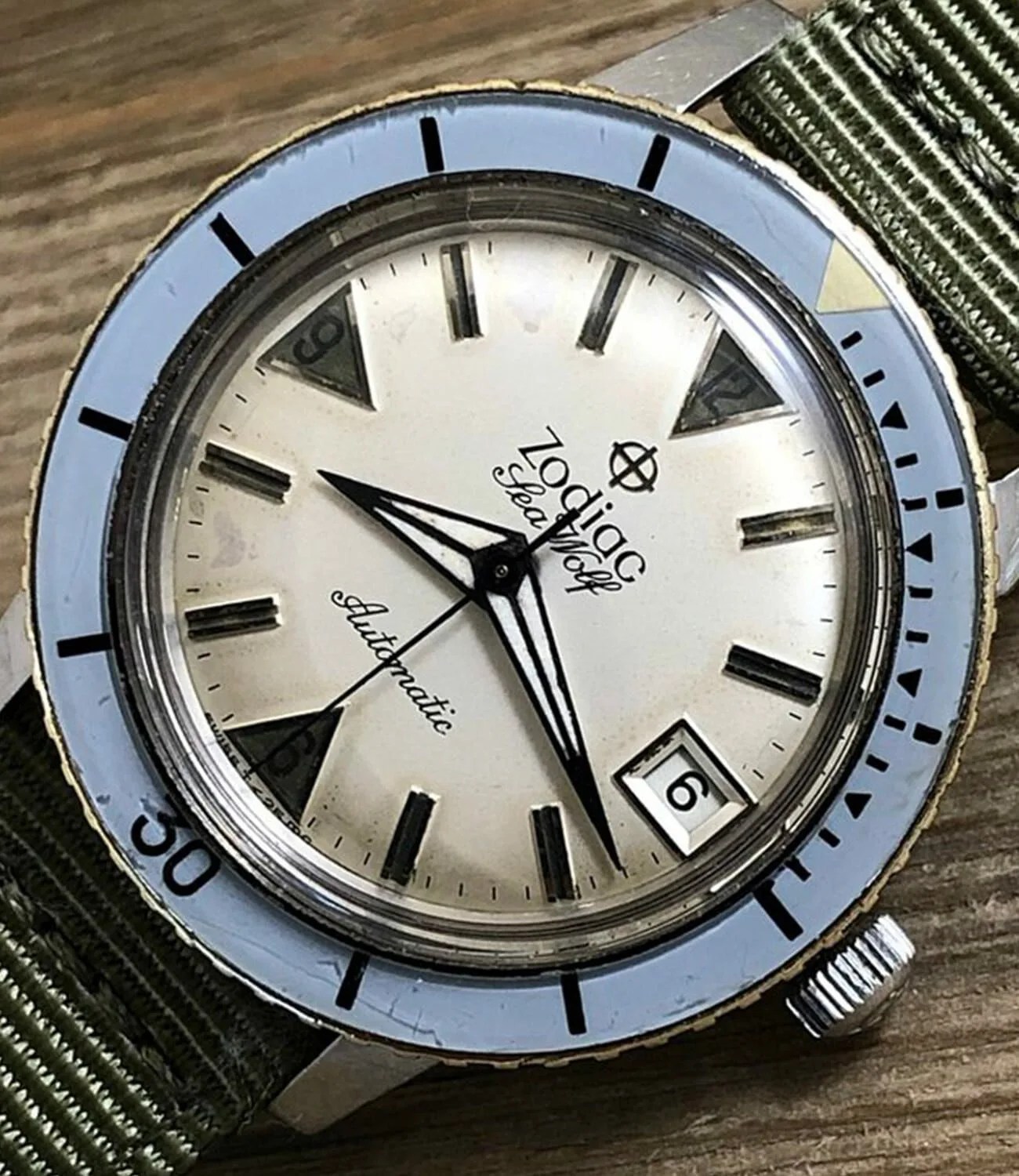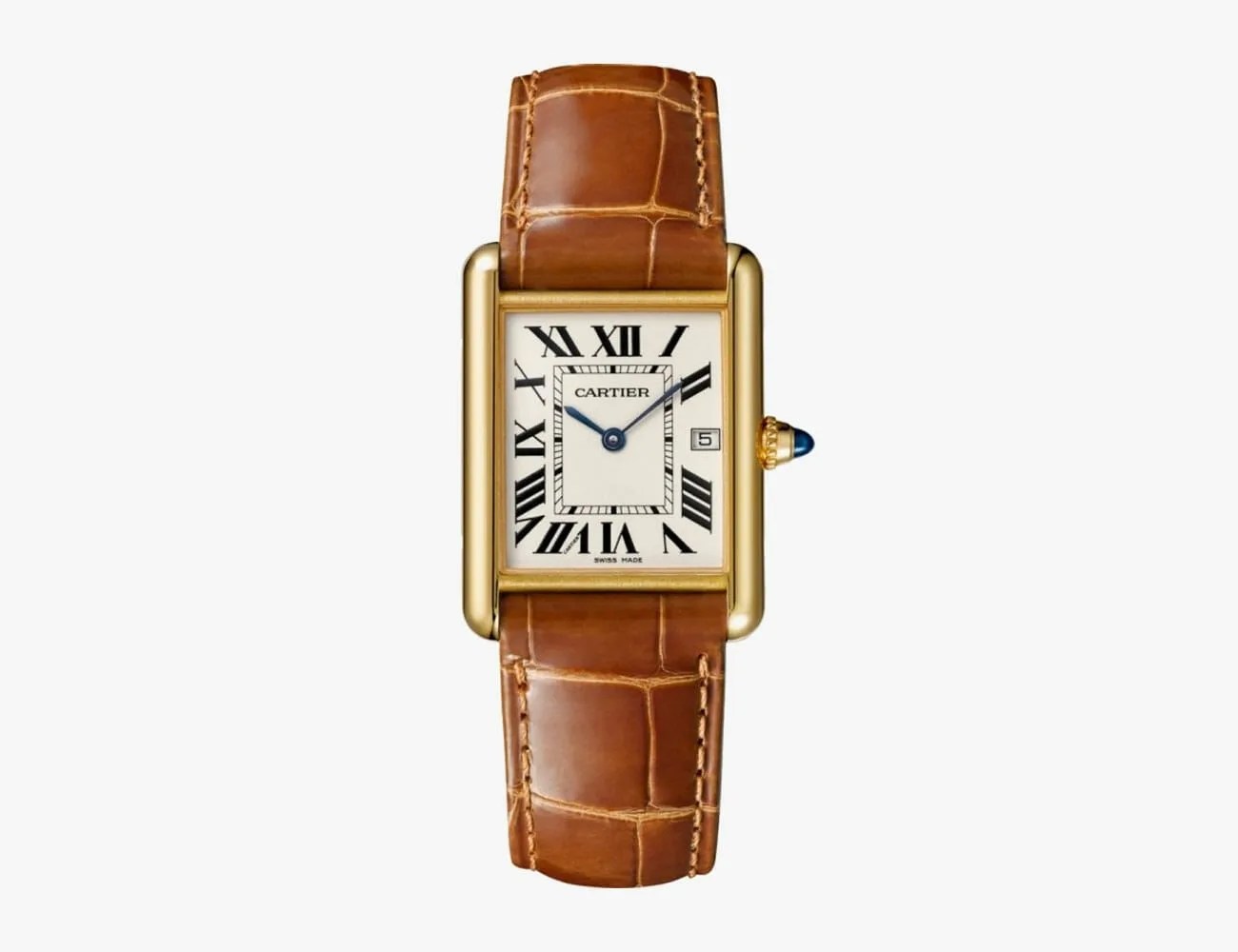How does one break into the confusing, esoteric world of watch nerdery? Our new column, “How to Be a Watch Guy,” aims to answer all your new watch guy questions, and help you navigate the always exciting — but sometimes intimidating, complicated, and pricey — world of watches.
A few weeks ago, a colleague of mine emailed me with a concern. Did I think his watch was too small? He sent a pic of his wrist, wearing both a large 46mm Samsung Smart watch and a smaller — but still biggish — Timex Expedition, with a big black dial and chunky chronograph pushers. It looked fine to me. “My wrist is 8 inches,” he wrote. “So if you go by the rules, the 41mm Timex is too big.”
What rules was he talking about? The kind that you might find on forums or certain websites that have attempted to distill the ideal watch size into a formulaic function of wrist and case diameters. But I’m here to tell you that it’d be best for watch lovers everywhere if they threw such rigid notions about watch size out the window.
I’ve been writing about watches since 2012, and I’ve heard all the Unwritten (But Often Actually Written) Rules. That if your wrist measured X you couldn’t wear any watches smaller than Y or bigger than Z. That small watches were for ladies. That big watches were on the rise; that small watches were on the rise. That millimeters were all that mattered.

Yes, the size of a watch is important to whether you ought to wear it. Hugely important, even, in some cases. But hard-and-fast “rules” are both wildly arbitrary and often more confusing then helpful.
And I say: Throw. Them. Out. The. Window.
Lest we forget, watches can be seen as fashion. Fashion is personal. It’s subjective. And there’s plenty of bad advice out there. So here are some basic truths about watch size: They are not “rules.” Check them out. Use them to make up your own watch rules. Then break them at will. Most of all: never again let Google tell you what size watch to wear.





